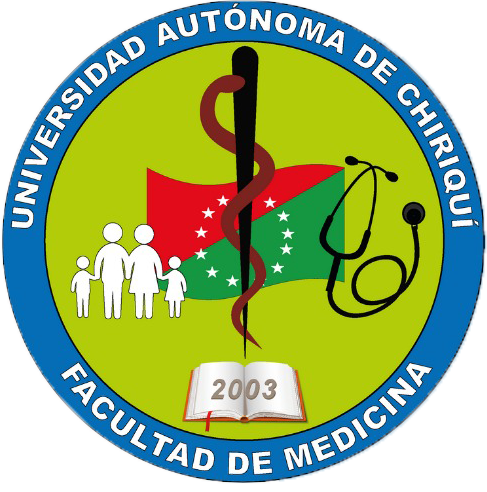Quiste esplénico secundario.
A propósito de un caso.
DOI:
https://doi.org/10.59722/rmcu.v1i2.729Keywords:
Cysts, Spleen, EchinococcusAbstract
Splenic cysts are a rare disease. Less than 1000 cases have been reported worldwide1,2,3, with a predominance in the female sex (60%) and a peak incidence between 20 and 40 years of age. The etiology is not determined, it is postulated that they may originate from embryogenic inclusions of epithelial cells or from invagination of the mesothelium of the splenic capsule.1
The most used classification is Martin's, which divides them into parasitic and non-parasitic; The latter are classified as primary or congenital and secondary, which are more commonly due to trauma.6,7 The difference is that true cysts have an internal wall covered by a squamous epithelium. Worldwide, the most common etiology is parasitic (Echinococcus granulosus), followed by trauma.2,4
Most of them are asymptomatic and are diagnosed incidentally. When they are symptomatic, they present with manifestations secondary to mass effect with pain, nausea, vomiting, respiratory and urinary symptoms. Sometimes, they lead to complications such as rupture, bleeding or infection.
Based on the patient's history, physical examination, ultrasound (USG), and computed tomography (CT) findings, the diagnosis can be made.
Surgical treatment is recommended for symptomatic patients or with cysts larger than 5 cm. Currently there is a trend towards conservative surgery, since it allows the parenchyma and splenic function to be preserved, and prevents post-splenectomy infectious complications.4,6
Downloads
Published
How to Cite
Issue
Section
License
Copyright (c) 2024 Revista Médico Científica UNACHI

This work is licensed under a Creative Commons Attribution-NonCommercial 4.0 International License.
Esta obra está bajo una Licencia Creative Commons Atribución-NoComercial 4.0 Internacional.












